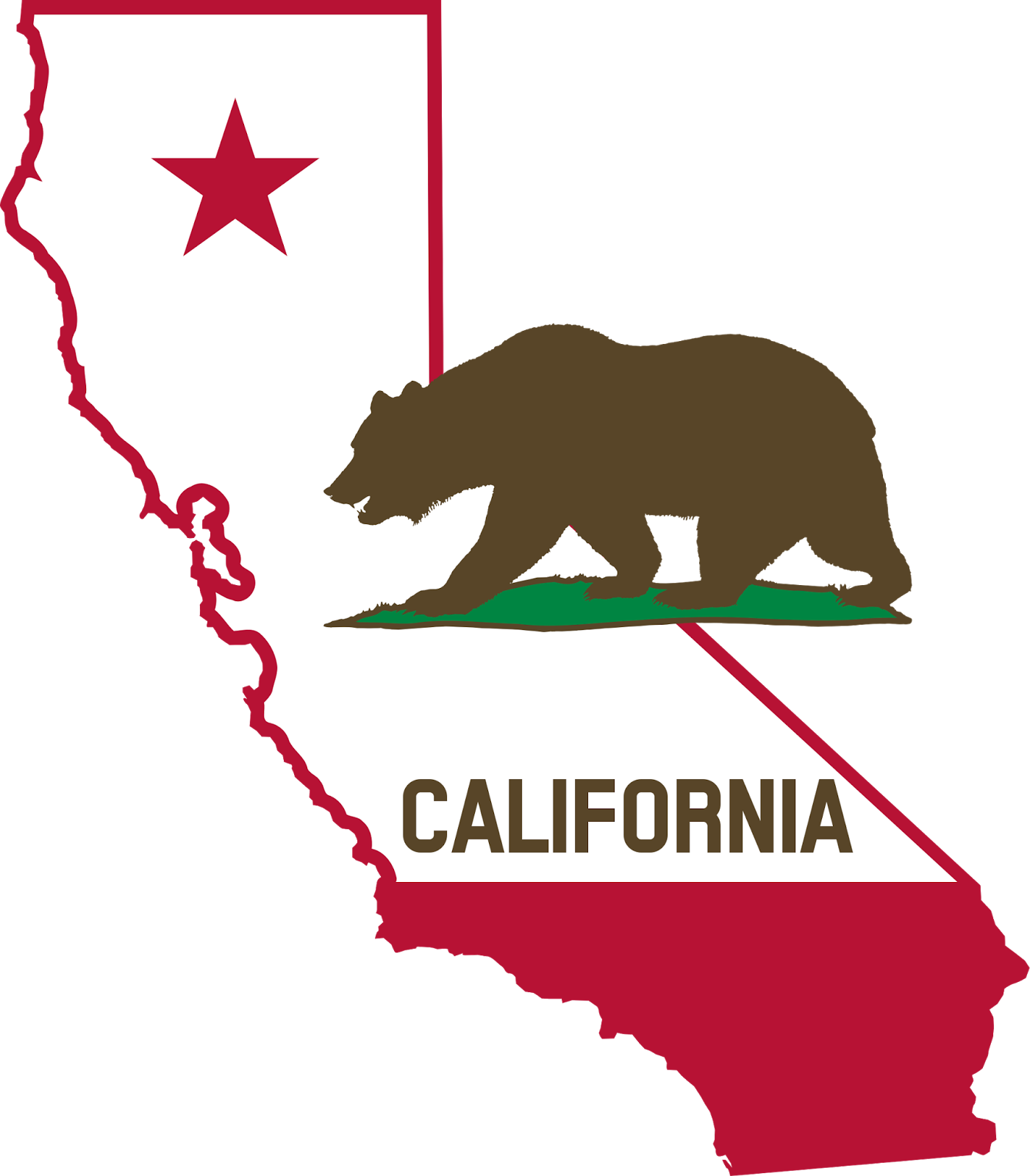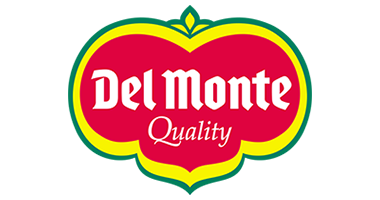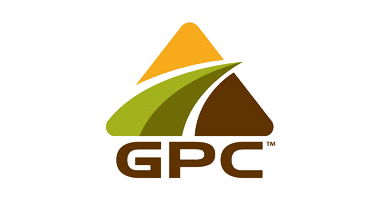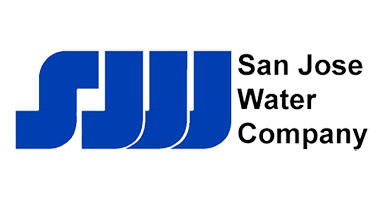Challenge
San Jose Water Company (SJWC), serving water to over 1 million people in the greater San Jose area, was looking for a more robust and full-featured software solution for managing drinking water and general environmental compliance data.
SJWC collects routine drinking water and regulatory samples on a weekly basis. They also receive ad hoc samples on a non-scheduled basis from typical water utility activities, such as new main installations or water main repairs. Additionally, they collect an assortment of samples from company assets.
They were looking for a solution to automate the entire process from sample planning to preparation of regulatory reports, including the annual Consumer Confidence Report (CCR) and Monthly Coliform Report. They also wanted robust data analysis tools to optimize their system operations and organizational performance. Finally, they wanted integrated GIS to quickly view field and analytical data in real time.
Solution
Through close collaboration with SJWC and examination of the marketplace, Locus Technologies implemented Locus EIM Water to support the rigorous sampling activities and complex regulatory framework that defines a large water utility.
SJWC’s analytical laboratories load analytical data into the cloud software and notify them when data are available. Locus also integrated Locus Mobile to streamline field data collection, so the entire SJWC field team can collect data in the field and sync results—eliminating the need for laborious spreadsheets and shared drives. Locus EIM Water includes a powerful analytical module with visual SQL query capabilities, making it easy for users to conduct powerful ad hoc queries.
Locus EIM Water also supports a complex sample planning process, ranging from daily samples to once-every-nine-years events, with workflow tracking at every step of the process. With integrated Google-based GIS mapping, SJWC can get easy and instant visual access to their data for operational planning and daily performance status. Integrated data summaries and statistics support the wide range of calculations needed for the annual CCR and the monthly coliform sampling summaries.
Results
San Jose Water Company can now instantly access field data and share results, such as chlorine levels, with water operations staff in near real time. Data are instantly available on shareable maps, so users can visually see areas where action may be needed. Automated notifications alert users when levels are approaching specified limits, and with both mobile and lab uploads performed by the data generators, data handling is greatly reduced. Built-in statistical calculations based on drinking water regulations streamline the normally tedious task of preparing annual Consumer Confidence Reports.
With Locus EIM Water, SJWC achieved:
- More efficient data management
- Faster access to data
- Complete digital handling of data from field to reporting
- Elimination of complex spreadsheets and shared drives
- Easy, advanced planning for multi-member sampling crews to ensure that all compliance samples are collected
Having easily accessible information on the status of sampling and reporting programs means SJWC’s water quality engineers can spend more time on system reviews and optimization.
Locus configured the established, off-the-shelf Locus EIM product to the needs of San Jose Water Company, offering a focused solution to the company’s data management needs. By honing in on the unique operational opportunities San Jose Water Company was looking to unlock, Locus could offer streamlined data management solutions that specifically addressed the needs of a modern large-scale water utility.
The integration of the Locus Mobile App offered an additional unique dimension enabling a fully digitized process. The built-in generation of complex calculations for regulatory reports and advanced sample planning and tracking are unique in the marketplace.
In selecting our data management system, we had a few criteria that we wanted to improve upon. We needed to be able to generate alerts based on data. We needed something that was mobile-enabled so that our field staff could use it. Our IT staff strongly preferred software hosted in the cloud so they wouldn’t have to support or interact with it.
We were also interested in the option to expand beyond just environmental data management, to get away from this “one app for one task” approach. We looked at a lot of products—most of them satisfied some of these criteria, but not others. We had a good experience with Locus EIM for our drinking water data, so we discussed our needs with Locus and they recommended their new Locus Platform. It satisfied all our requirements.






